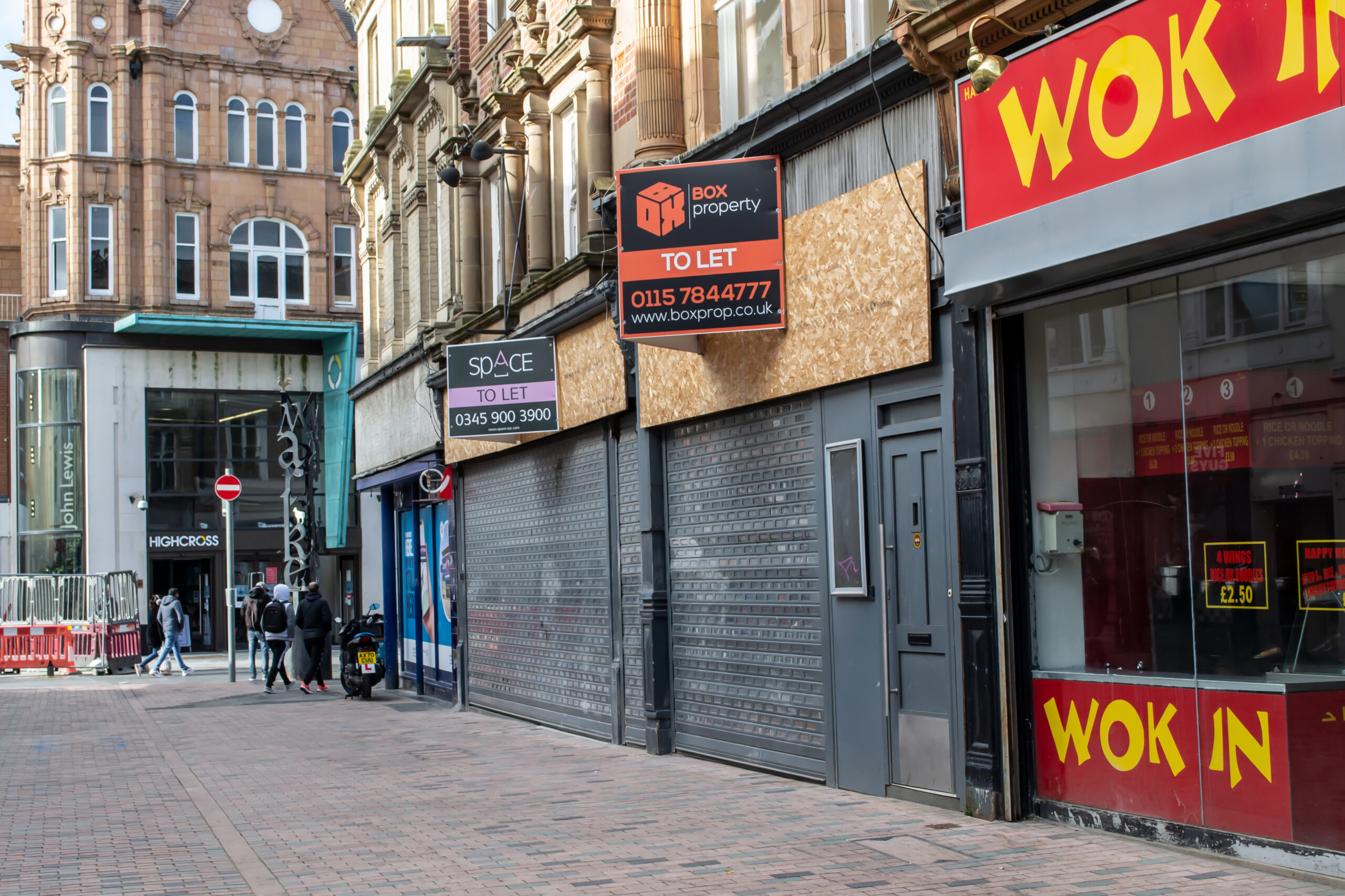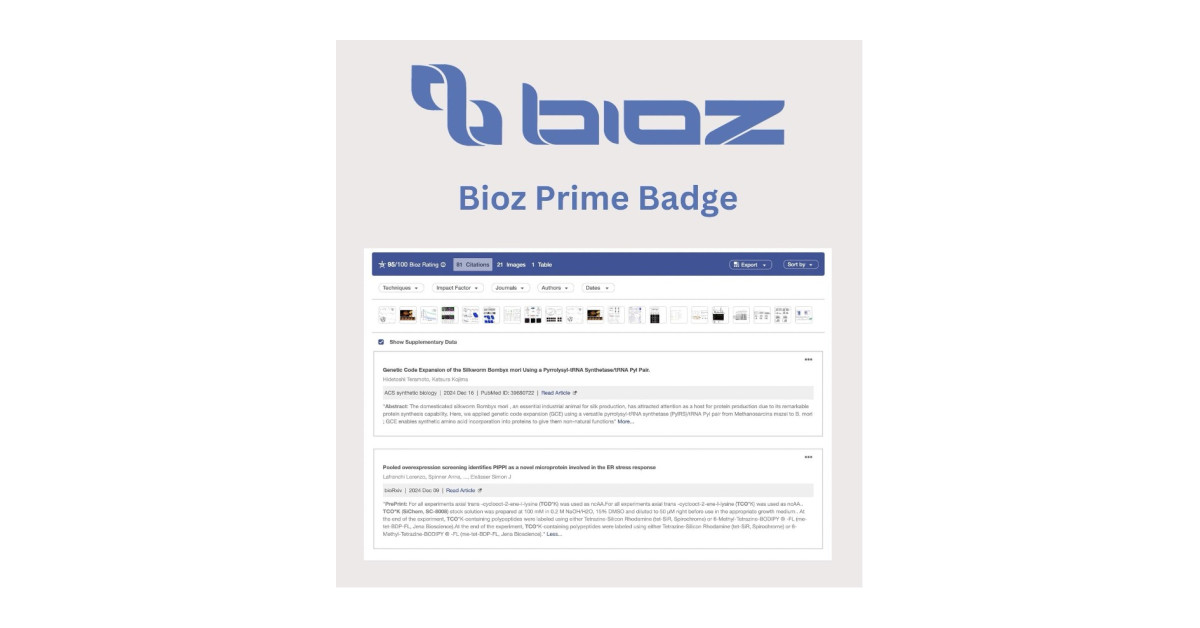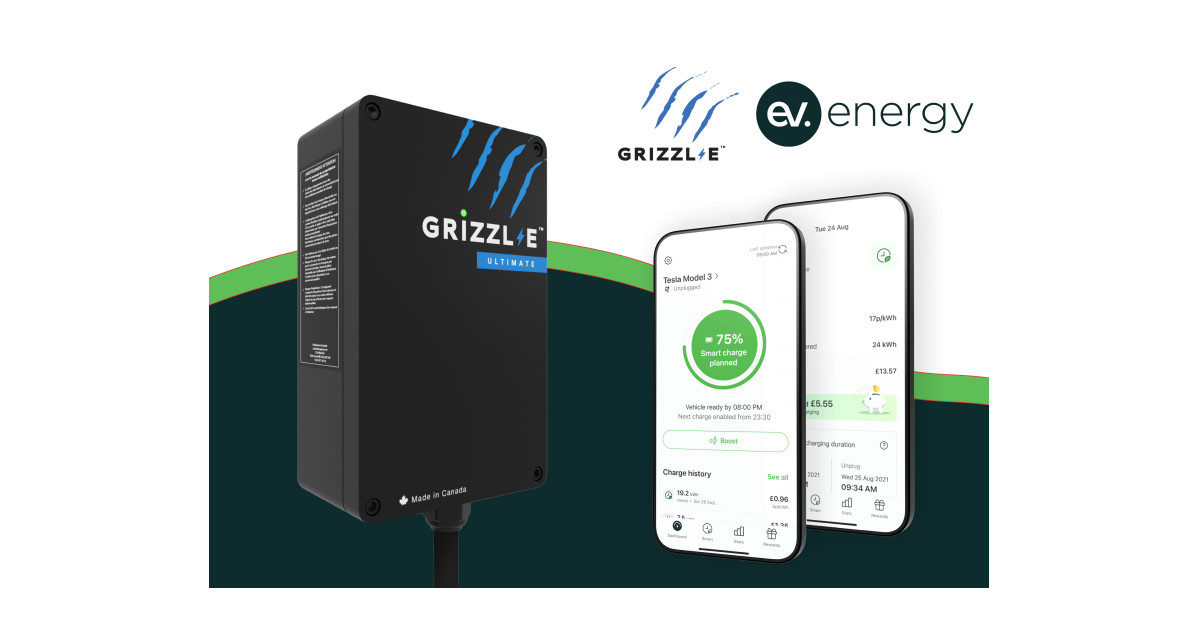[ad_1]

As of the 1st of April, the 2023 rating list begins. This means that commercial property owners and tenants new rates bills will come into effect. It also means that may have seen significant increases in their business rates valuation.
The Valuation Office Agency’s (VOA) official statistics
put the overall rateable value (RV) increase at 7.1% for England and Wales. Many will have seen that has not in actuality been the case. While certain sectors overall have seen an average increase; for subsectors, this has been wildly different.
Such as with the retail sector – the only sector to achieve an overall decrease in RV. However, for pharmacies (within/adjacent to a surgery/health centre) will see an increase
of 13.9%. Convenience stores will also see an increase of 12.7%. This is far above the overall RV increase for England and Wales, and more than double the governments expected -10% decrease for the retail sector as a whole.
In real terms, individual industries and local authority areas are more likely to see jumps in RV of around 14%. Some industries have seen increases of up to 30%.
How does this affect your business rates in the 2023 rating list?
Business rates are calculated by multiplying the RV of a commercial property against the appropriate multiplier. With the average RV rising across every sector and industry, it is no wonder that business owners and leaders are becoming more and more worried about the rising costs.
This rating list will see many commercial property owners and tenants forced to take desperate measures simply to keep afloat.
“The VOA keep looking at the big picture, and not the individuals.” Anthony Hughes, the Managing Director of RVA Surveyors, explains. “A low overall increase is probably quite fair, but unfortunately – for many businesses – it has not been made clear that this is not what their future business rates liabilities will look like.”
But the rise in RV is not the only factor affecting these increases in business rates.
“If you’re only taking the RV into account, then the VOA’s stated figure of 7.1% overall becomes more believable.” Anthony Hughes continued. “However, the multiplier has been frozen at the highest level of the 2017 rating list – typically the multipliers decrease a the beginning of a rating list, then increase each year on until the last year where it’s the highest.”
The multipliers were first introduced in 1990, and for the last year of the 2017 rating list (2022) they were at the highest level (small business at 49.9p, and the standard at 51.2p) since they began. The multiplier began in 1990 at 34.8p to the £1, but over the years both the multiplier and the value has increased. Doubling down on this autocratic tax.
With inflation
hitting a 45-year high in February and interest rates being raised for the 11th consecutive time in March, any more potential stealth increases are the last thing businesses need on top of inflating overhead costs.
[ad_2]
Source link




